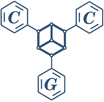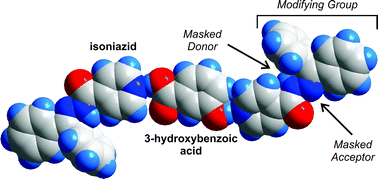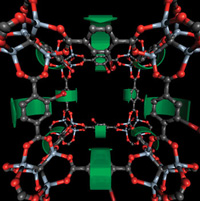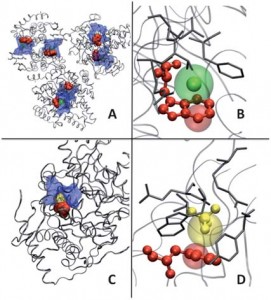 The 21st Midwest Organic Solid-State Chemistry Symposium (MOSSCS) was held this past June 10-11, 2011 at Eastern Illinois University in Charleston Illinois. The origins of this meeting date back to Professor David Curtin’s retirement (Univ. of Illinois) in 1998 that has since rotated among a cohort of universities in the Midwestern United States. MOSSCS meetings provide a mechanism for emerging research scientist (undergraduate and graduate students, and postdocs) working in solid-state chemistry with an opportunity to showcase their work and become aware of the activities of other research groups.
The 21st Midwest Organic Solid-State Chemistry Symposium (MOSSCS) was held this past June 10-11, 2011 at Eastern Illinois University in Charleston Illinois. The origins of this meeting date back to Professor David Curtin’s retirement (Univ. of Illinois) in 1998 that has since rotated among a cohort of universities in the Midwestern United States. MOSSCS meetings provide a mechanism for emerging research scientist (undergraduate and graduate students, and postdocs) working in solid-state chemistry with an opportunity to showcase their work and become aware of the activities of other research groups.

Prashant Chopade, CrystEngComm prize winner
While all topics related to organic solid state chemistry are welcomed, this year’s meeting consisted of 27 talks centered on crystal transformations, glass solids, polymorphism, energetic materials, pharmaceuticals, and molecular recognition. The keynote speakers, Lian Yu (Univ. of Wisconsin) and Joe Lauher (Stoney Brook Univ.), and each of the conference presenters, provided extensive insight and stimulating discussion of the current challenges and trends in solid-state materials. In addition to the interchange of inspiring science, each MOSSCS meeting highlights the best student presentation. This year’s award winner was Mr Prashant Chopade from Kansas State University.
Check out Prashant’s research in his recent paper published in ChemComm:
Facile synthesis and supramolecular chemistry of hydrogen bond/halogen bond-driven multi-tasking tectons
Christer B. Aakeröy, Prashant D. Chopade, Claudia Ganser and John Desper
Chem. Commun., 2011, 47, 4688-4690 DOI: 10.1039/C1CC10436E
 Report from Kraig Wheeler, Eastern Illinois University
Report from Kraig Wheeler, Eastern Illinois University
Were you at MOSSCS this year? Tell us about your experience by posting a comment below…..

 Elena Marelli from the University of Reading was this year’s winner of the CrystEngComm-CCG Poster Prize at the BCA Spring meeting at the University of Keele in April. Elena won the prize for her poster ‘Breaking up and getting back together: Transition metal cyanides in action’. Elena is supervised by Drs Ann Chippindale and Simon Hibble at Reading. Congratulations Elena!
Elena Marelli from the University of Reading was this year’s winner of the CrystEngComm-CCG Poster Prize at the BCA Spring meeting at the University of Keele in April. Elena won the prize for her poster ‘Breaking up and getting back together: Transition metal cyanides in action’. Elena is supervised by Drs Ann Chippindale and Simon Hibble at Reading. Congratulations Elena!





















